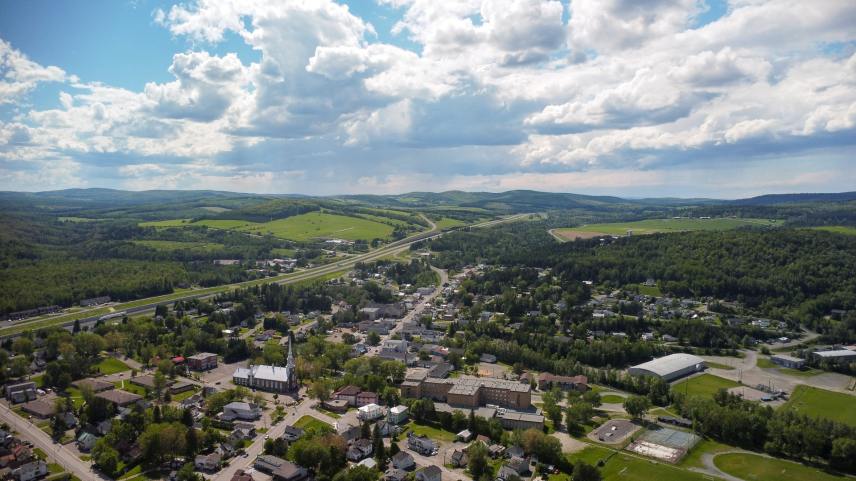A lot more Canadians are suddenly seeking protection from lenders, but no need to ring the alarm — yet, at least. Consumer insolvency filings climbed in May, shows Office of the Superintendent of Bankruptcy (OSB) data. It was a substantial increase too, possibly raising concerns about rising rates. While volumes are rising, a base effect is at work as filings recover from suppressed levels. At this point, insolvencies appear to just be normalizing to more historical levels.
Canadian Consumer Insolvencies Climbed 13% From Last Year
Canadian consumer insolvencies, including consumer proposals and bankruptcies, are climbing once again. There were 8,425 insolvencies filed in May, up 6% from a month before, and 13% higher than last year. Those are big numbers for growth, but still a third lower than May 2019 volumes.
Canadian Consumer Insolvency Filings
The total number of insolvencies, a combination of consumer proposals and bankruptcies, filed across Canada.
Source: OSB; Better Dwelling.
Ontario Consumer Insolvencies Are Up 23%
Ontario, the most populated province, unsurprisingly had the most consumer insolvency filings. There were 2,958 in May, up 11% from a month before and 23% higher than last year. Filings are trending higher, but still need to climb 40% to get to May 2019 levels. The number of filings as a share of the national total are also close to the population distribution.
Ontario Consumer Insolvency Filings
The total number of insolvencies, a combination of consumer proposals and bankruptcies, filed in the region of Ontario.
Source: OSB; Better Dwelling.
BC Consumer Insolvencies Climbed 16%
British Columbia (BC) consumer insolvencies are getting close to 2019 volumes. There were 869 filings in the province, up 14% from a month before and 16% higher than last year. The climb towards more typical levels is more visible in BC, just 14% points lower than May 2019 volumes. However, this is still relatively low.
British Columbia Consumer Insolvency Filings
The total number of insolvencies, a combination of consumer proposals and bankruptcies, filed in the region of British Columbia.
Source: OSB; Better Dwelling.
Isolating annual growth looks like there’s a boom due to rising interest rates. Volumes still have yet to normalize from suppressed levels though. We’re not even looking at 2019-levels of consumer insolvencies. Increases over the next few months are likely to bring up concerns, which are valid at such high debt levels. It just won’t be clear if anything unusual is happening, or returning to a normal economy means normal insolvency volumes.

Lenders never want you to file for a consumer proposal or bankruptcy. It’s how they lose money.
The government giving them cart blanche to ignore bad debts was the best thing that ever happened to them. The most predatory high interest loans will now be paid. Yay!
Home equity has been a big mitigation factor too.
Homes still sell within days if the seller is willing to adjust their price. No need to assume a credit crunch.
Government support for both businesses and individuals only ended 1-2 months ago. You can’t base a complete comparison to historical data, and the 1-2 months insolvencies are significant. It will be at least 6 months before one can establish the full effects or ascertain any comparisons. Many attained credit to hold them over.
House sales have definitively and reportedly slowed and places are selling for under asking – pending property details. Caution is required.